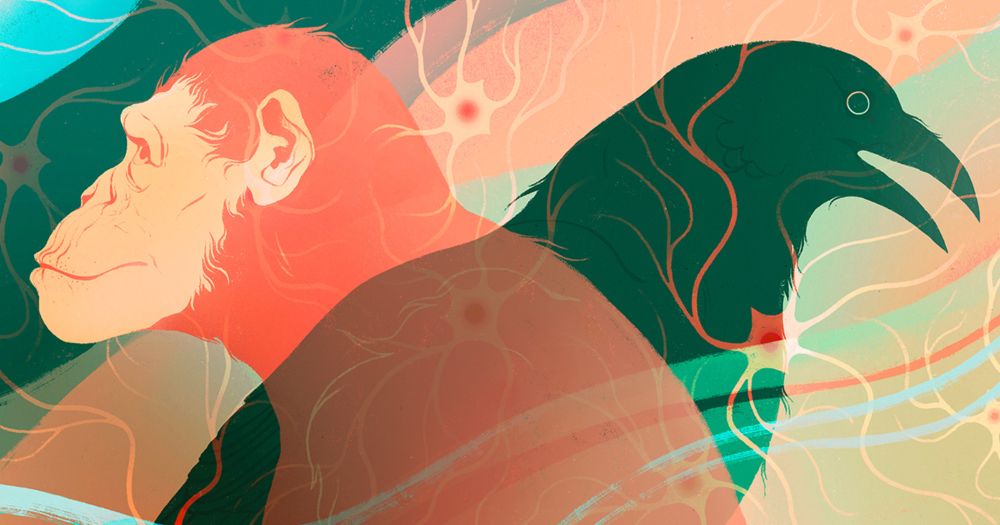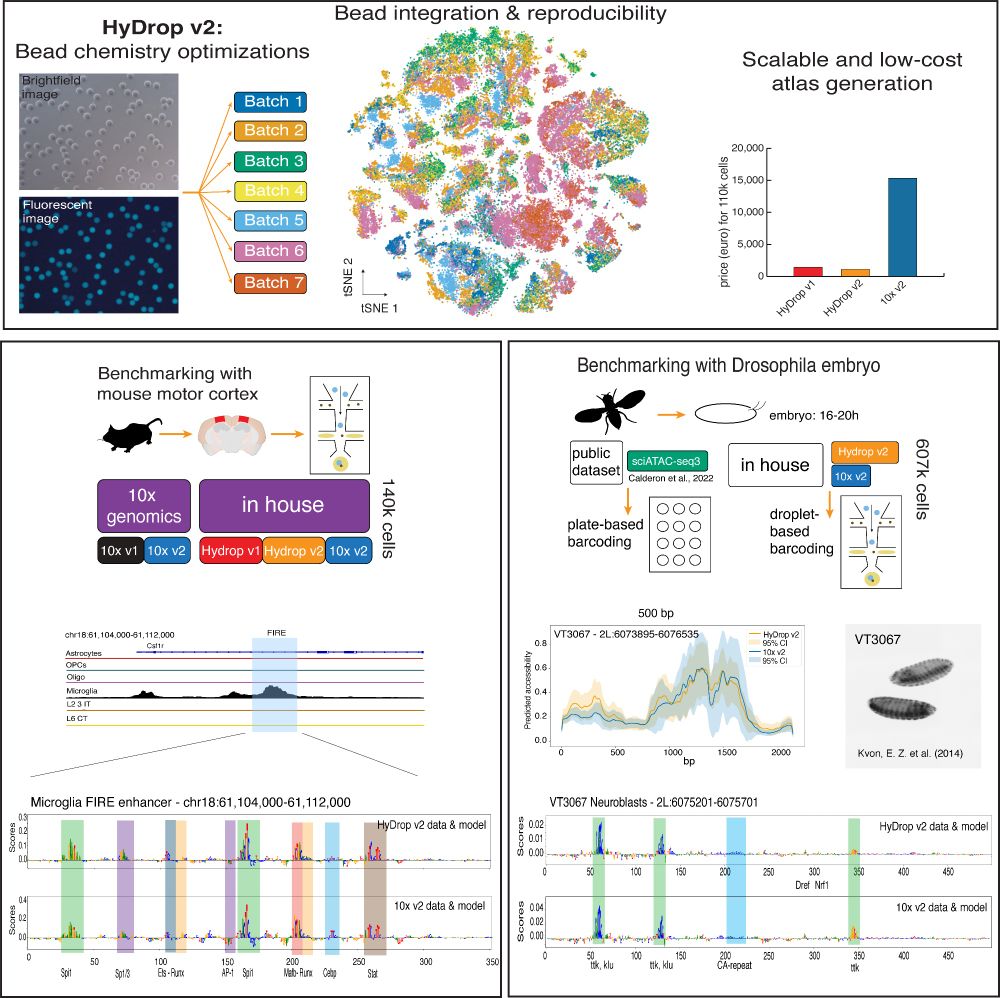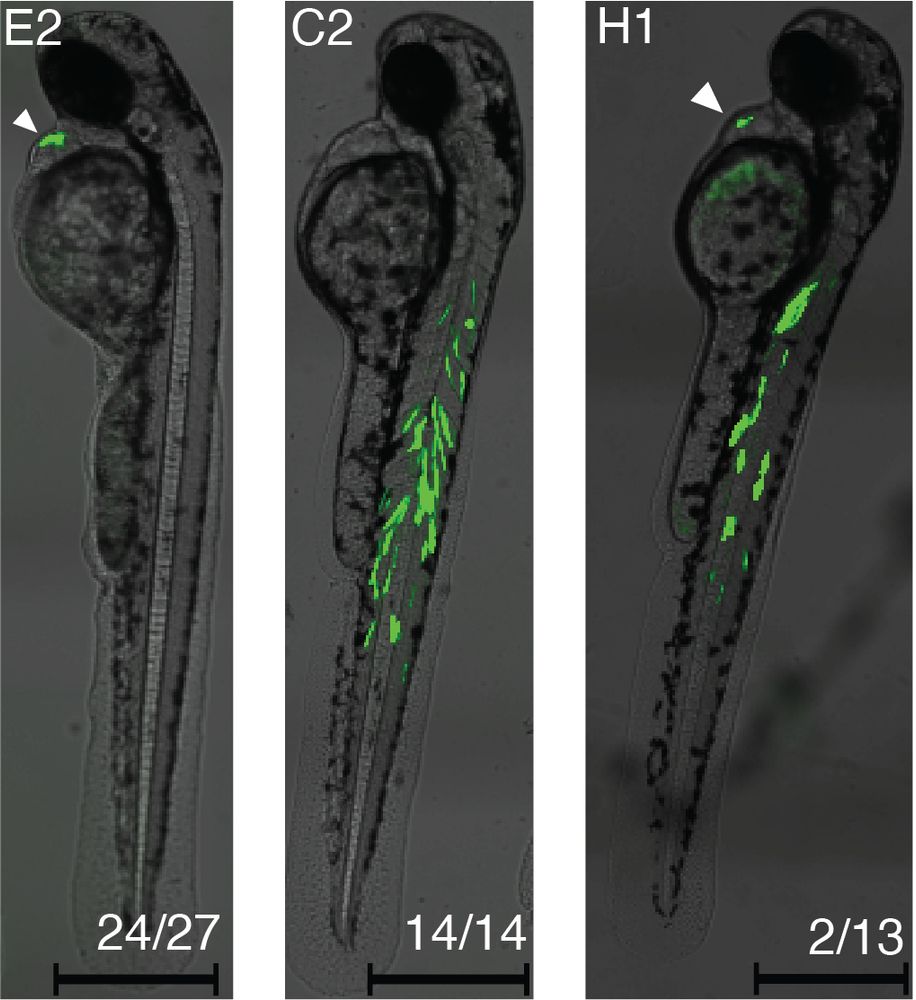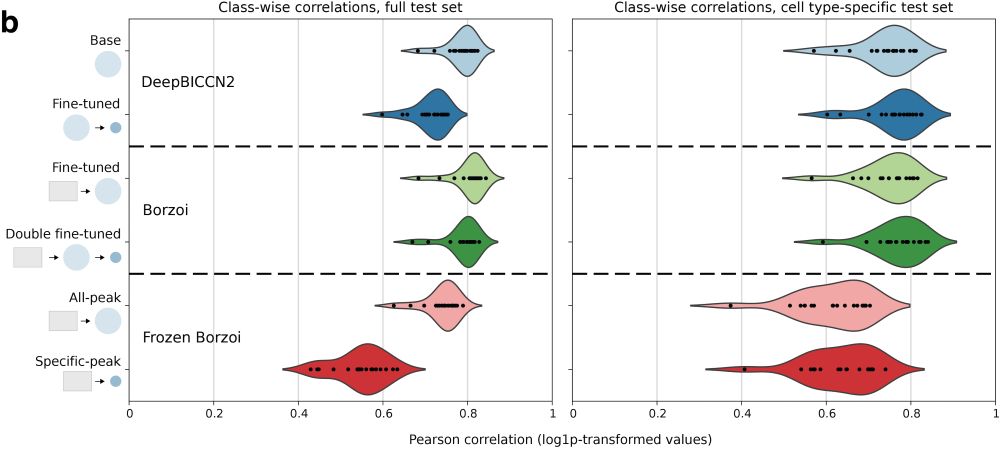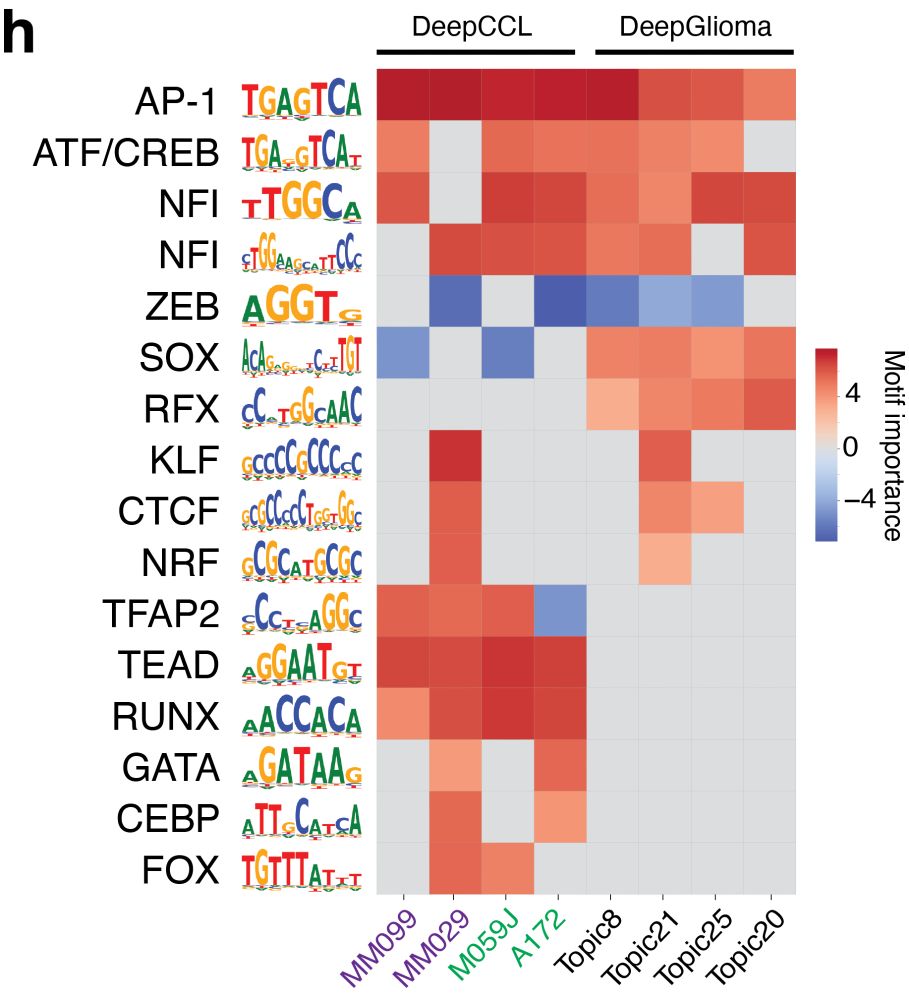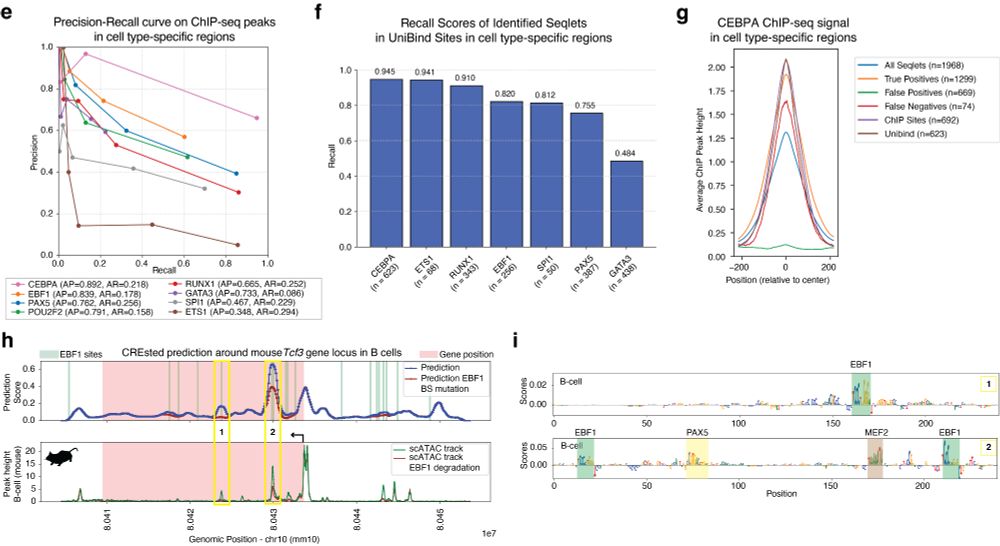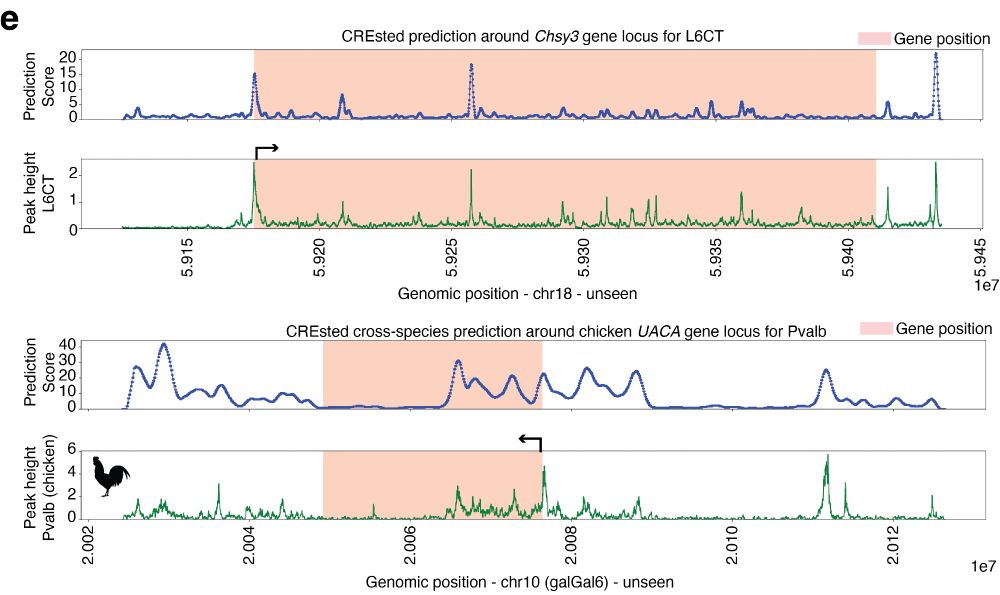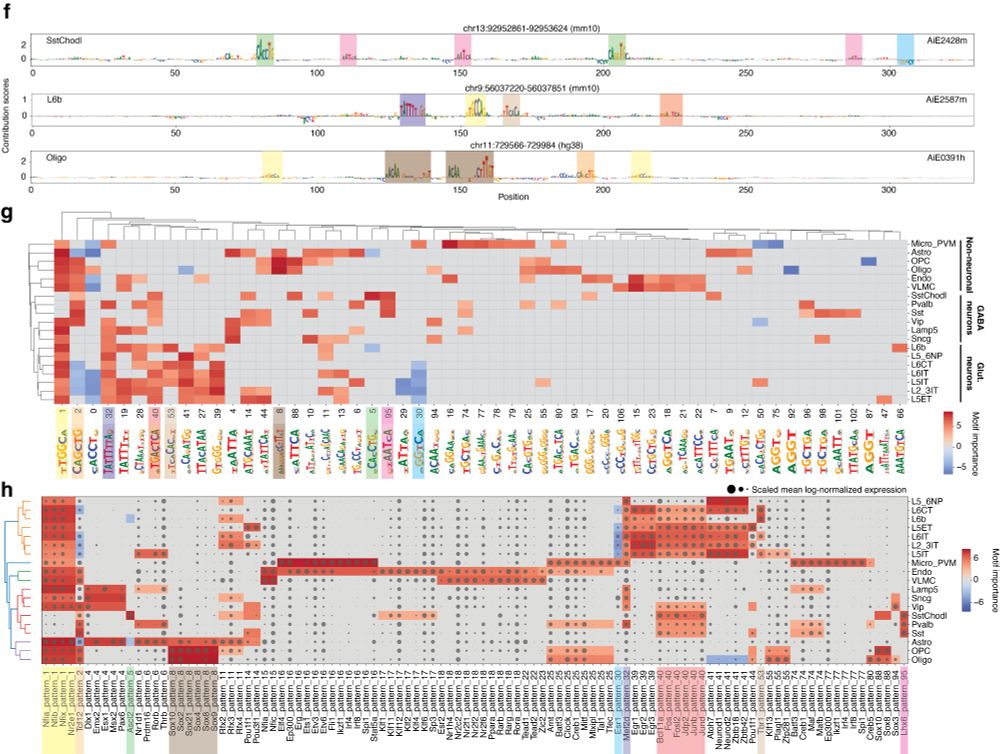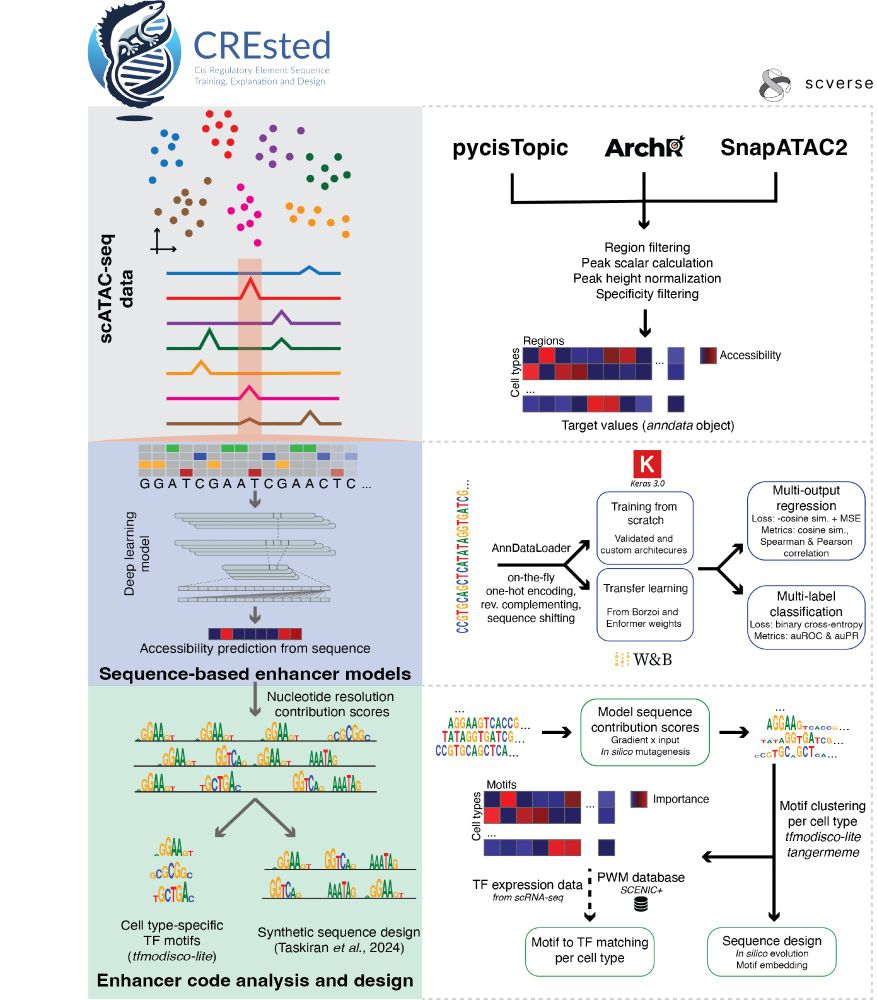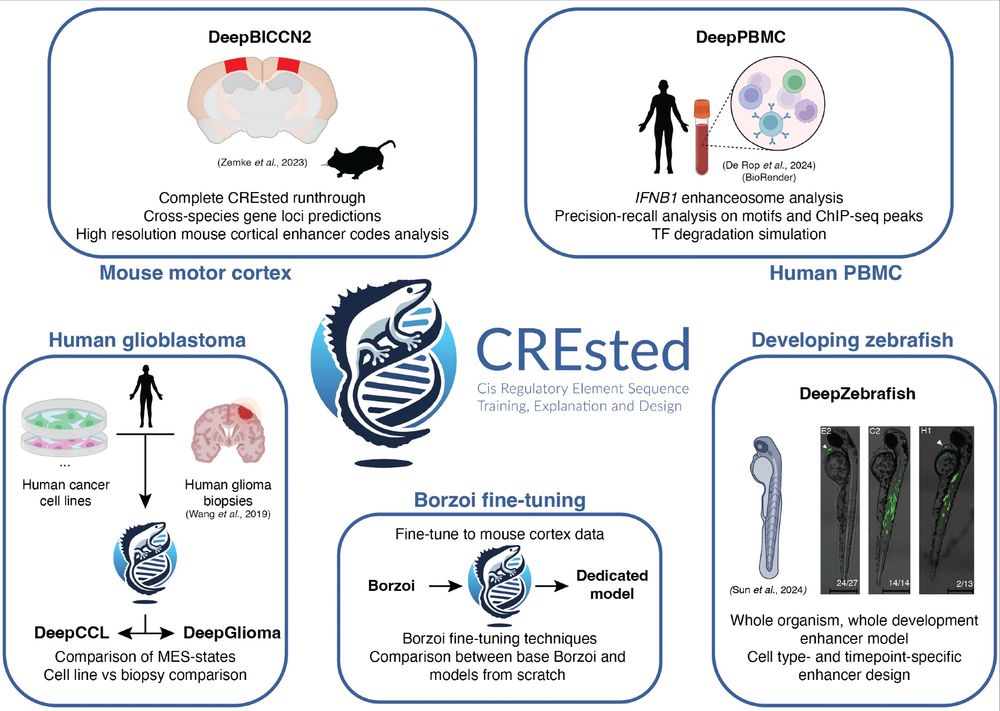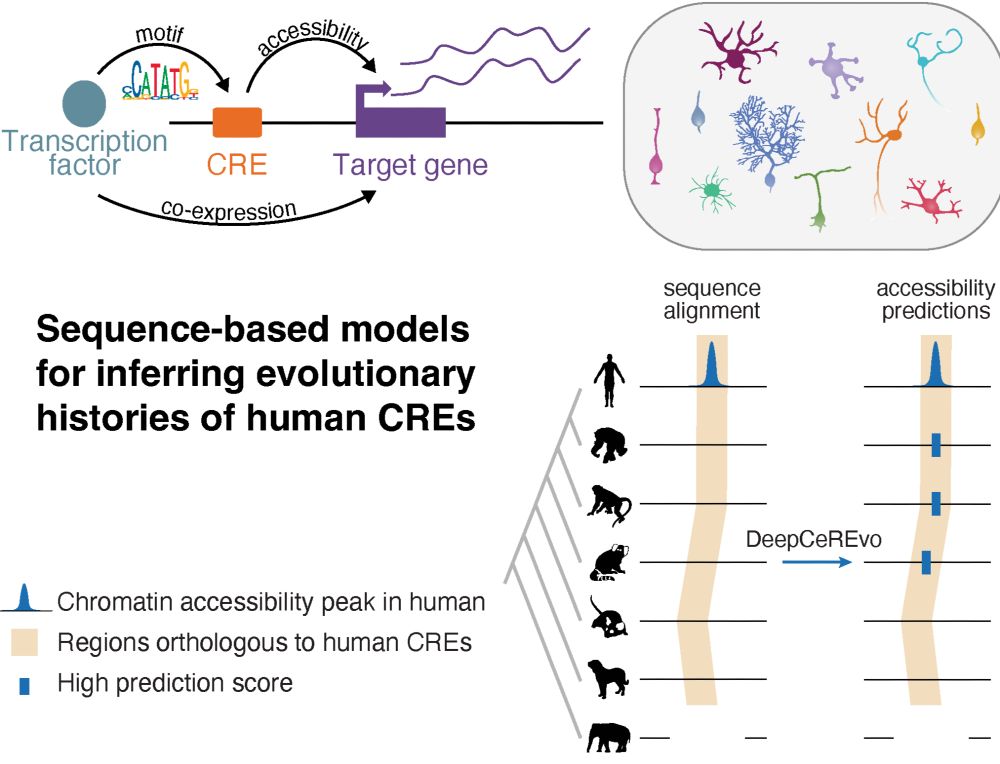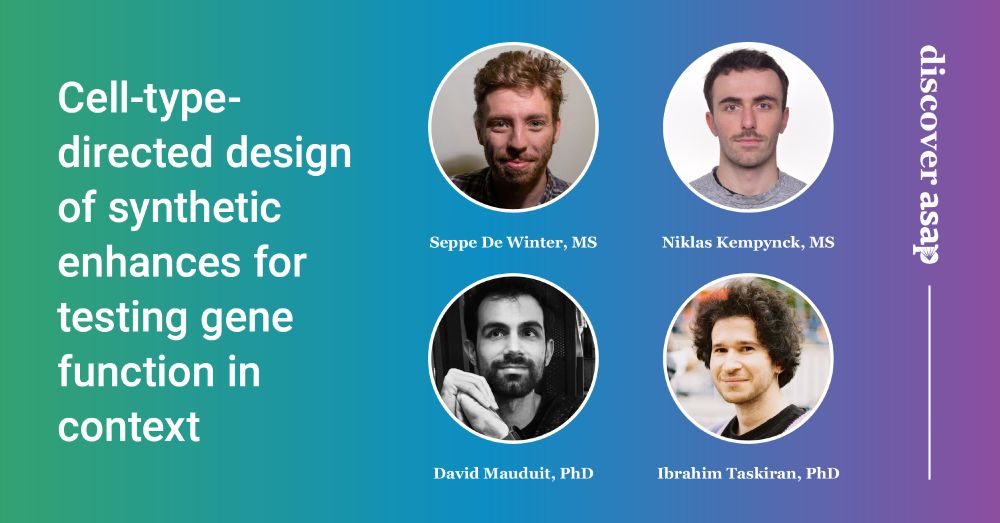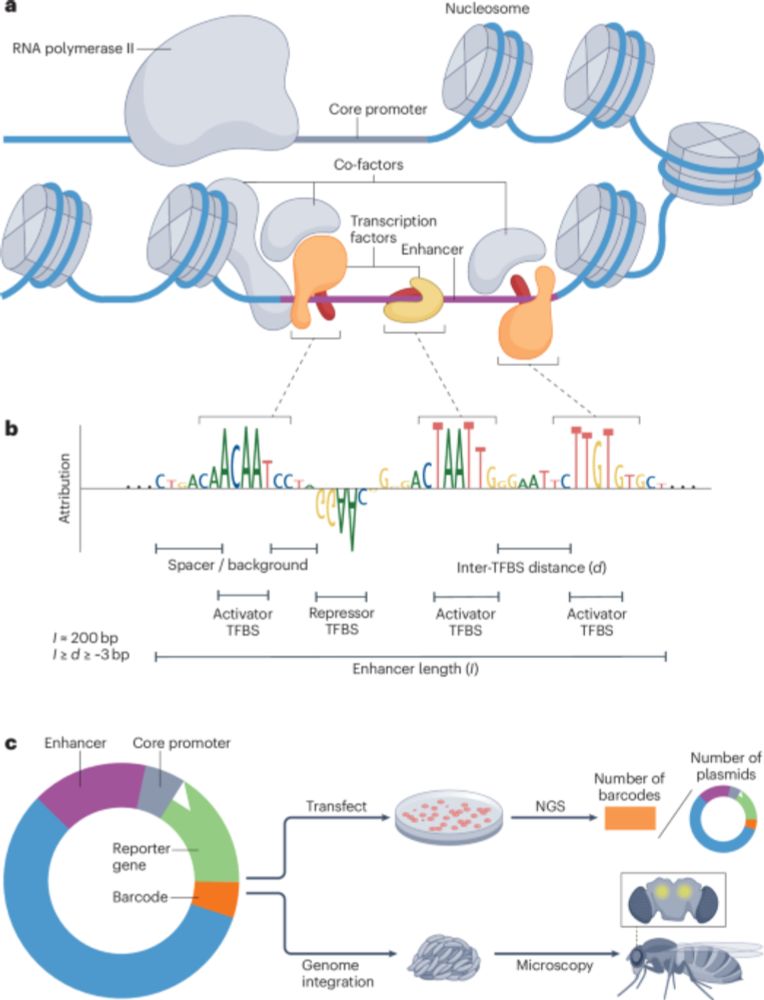Niklas Kempynck
@niklaskemp.bsky.social
110 followers
120 following
16 posts
PhD Student at the Stein Aerts Lab of Computational Biology. Studying brain genomics
Posts
Media
Videos
Starter Packs
Reposted by Niklas Kempynck
Reposted by Niklas Kempynck
scverse
@scverse.bsky.social
· 28d
Reposted by Niklas Kempynck
Stein Aerts
@steinaerts.bsky.social
· May 21
Niklas Kempynck
@niklaskemp.bsky.social
· May 21
Niklas Kempynck
@niklaskemp.bsky.social
· May 21
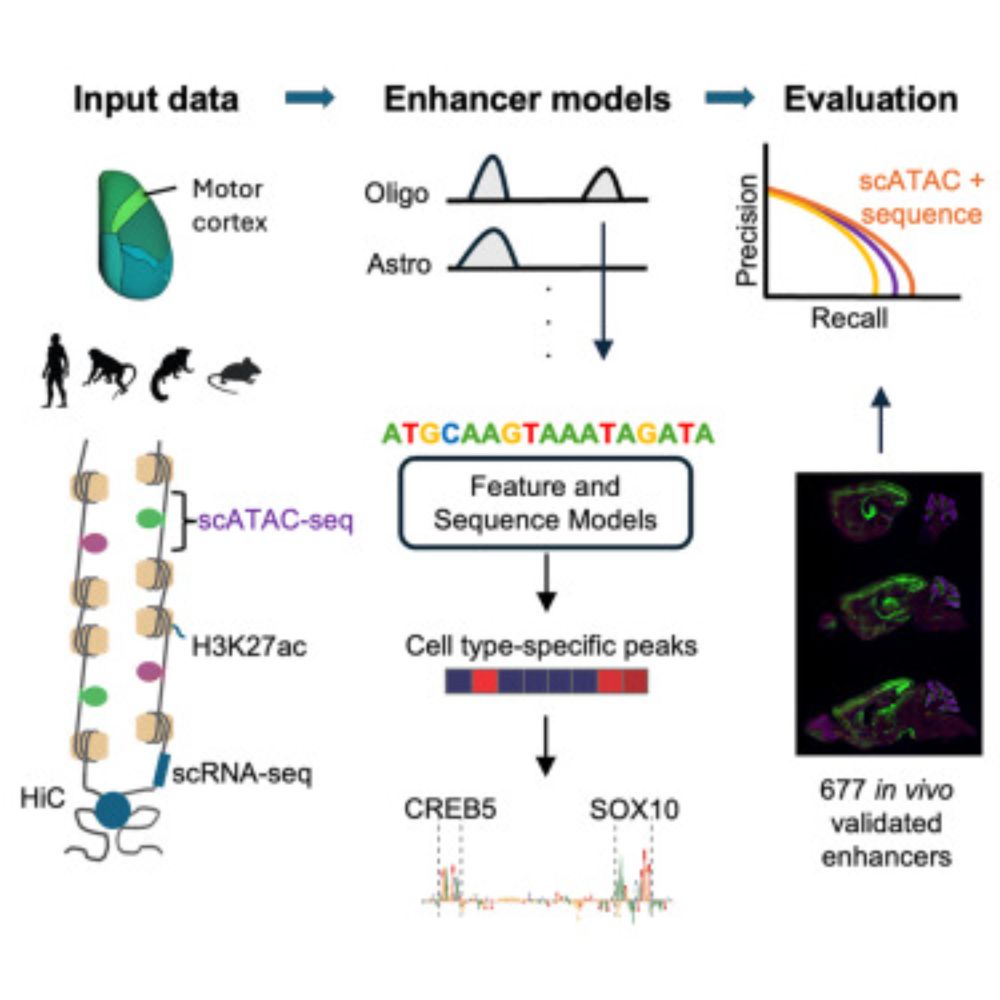
Evaluating methods for the prediction of cell-type-specific enhancers in the mammalian cortex
Johansen et al. report the results of a community challenge to predict functional
enhancers targeting specific brain cell types. By comparing multi-omics machine learning
approaches using in vivo data...
www.cell.com
Reposted by Niklas Kempynck
Reposted by Niklas Kempynck
Stein Aerts
@steinaerts.bsky.social
· Apr 4

CREsted: modeling genomic and synthetic cell type-specific enhancers across tissues and species
Sequence-based deep learning models have become the state of the art for the analysis of the genomic regulatory code. Particularly for transcriptional enhancers, deep learning models excel at decipher...
www.biorxiv.org
Reposted by Niklas Kempynck
Reposted by Niklas Kempynck
Reposted by Niklas Kempynck
Reposted by Niklas Kempynck
Stein Aerts
@steinaerts.bsky.social
· Feb 14


